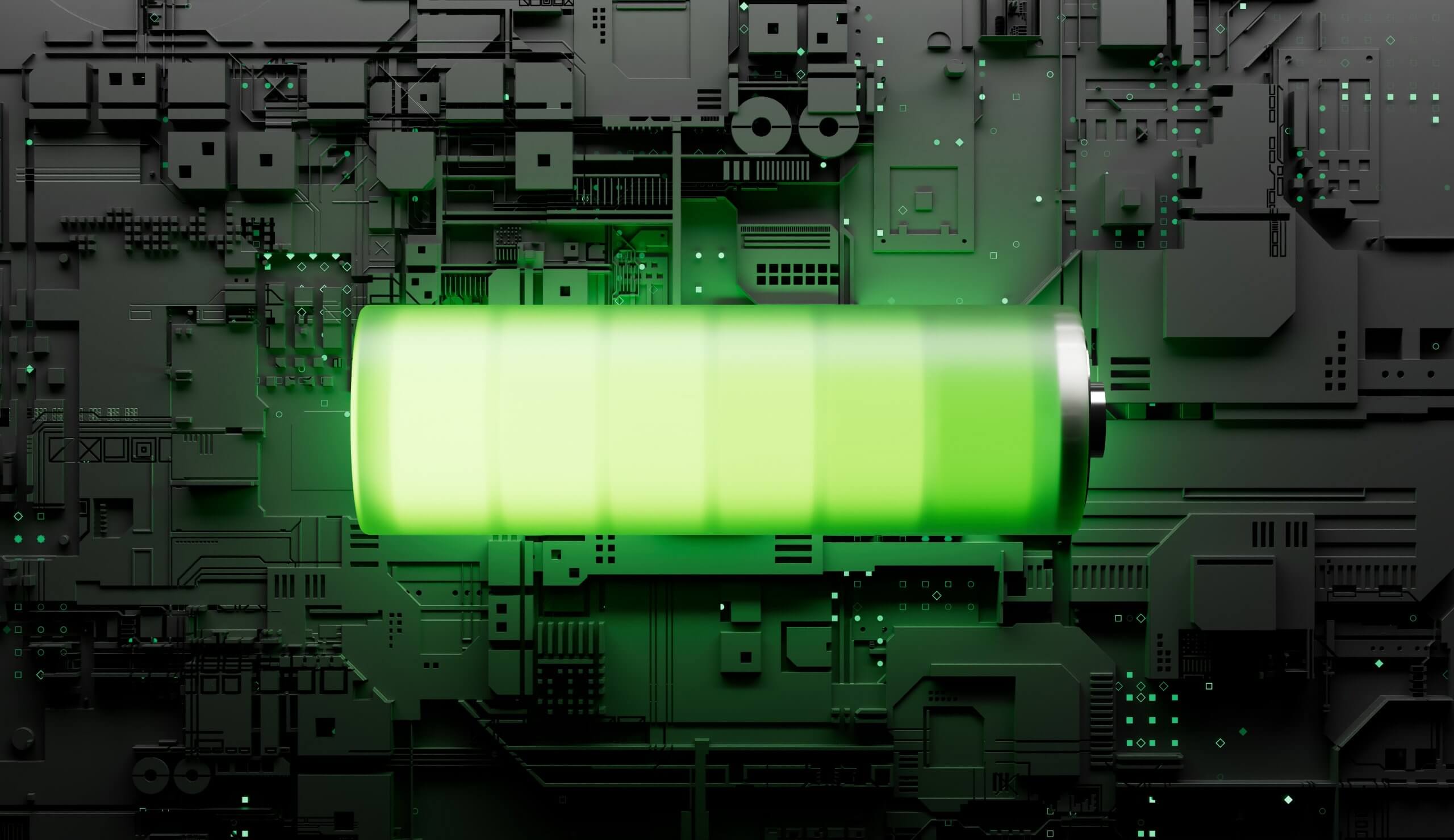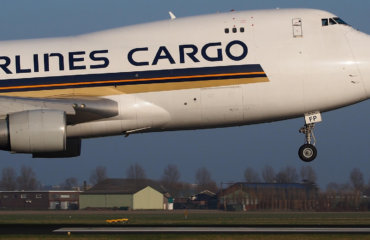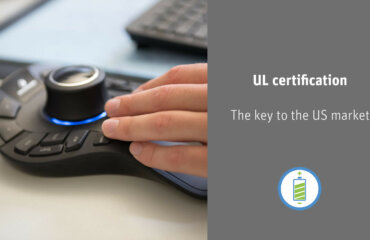
Clattering coins, a line of people, and pattering rain: a run-of-the-mill evening scenario in front of a yellow telephone booth. These previously offered the only opportunity to check in with family or friends while on the go. Nowadays, the 140-year era of the telephone booth has come to an end—the smartphone already sealed its fate several years ago.
The smartphone has now conquered our everyday lives. Chatting, surfing, making phone calls without having to use coins or wait—the possibilities seem almost limitless. The devices get their energy from lithium cells that can rapidly be recharged.

In search of the best anode material
Primary, i.e. non-rechargeable lithium batteries with metallic lithium have been around since the 1960s, mostly as button cells. The cells were non-rechargeable because the cyclization of lithium—especially recharging—is no easy feat. But first, let us look at the early successes in developing the rechargeable lithium battery:
“The first successes in Germany took place in the mid-1970s. Developers led by Prof. Jürgen Otto Besenhard at the Technical University of Munich recognized the possibility of using reversible intercalation of alkali metal ions in carbon as well as metallic oxide lattices as an operating principle for rechargeable lithium batteries,” explains Dr Jürgen Heydecke, Doctor in chemistry.
Likewise, in the ’70s, Stanley Whittingham discovered that titanium disulfide can intercalate lithium ions as a cathode in the interstitial lattice sites and deliver about 2 volts against lithium metal. “Michel Armand called the concept with two solid intercalation materials a ‘rocking chair’ because the lithium ‘rocks’ back and forth between the anode and cathode. The name caused a sensation, and Bruno Scrosati’s lab work proved that this operating principle could truly be realized,” says Heydecke. So now it had been proven that a rechargeable lithium battery with two solid electrodes in which lithium ions can be stored was possible.
All that was missing were suitable materials that would allow maximum voltage and, with high rocking numbers, produce a large number of cycles. The American physicist John B. Goodenough as well as Akira Yoshino, who worked for Asahi Kasai, independently discovered that lithiated cobalt oxide or petroleum coke or graphite as an anode material can provide an average voltage of 3.6/3.7 volts and hold 3–4.2 V for several 100 cycles when charging/discharging.
Along with Stanley Whittingham, they were awarded the Nobel Prize in 2019—a recognition of the phenomenal importance of this development to our daily personal and professional lives.
The road to commercial lithium battery production
The first commercially manufactured rechargeable lithium-ion cells were based on lithium metal serving as the anode material. Manganese oxide was used as the cathode material. However, there was one problem: Anodic metallic lithium poses the risk of dendrite formation during the charging process, which is why only primary lithium batteries were produced at the very beginning. Dendrites create a major safety risk. The small deposits can grow during the charging process and create internal short circuits. The consequence is a thermal runaway, which usually ends in the cell burning down. This also became apparent with these cells, and they were taken off market after reports of numerous fires.
In the late 1980s and early ’90s, the first rechargeable lithium cell with an intercalation anode (carbon, initially “coke”) was launched by Sony: the lithium cobalt oxide accumulator.
Now it became increasingly clear that lithium batteries are the future because they are light, small, and—with 3.6 volts—even triple the voltage of the aqueous alternatives, nickel-cadmium and nickel-metal hydride.
Lithium batteries have become an indispensable part of our everyday lives. The numerous ways in which they can be used have changed many aspects of our existence—including our communication behavior. Thanks to lithium batteries, thin tablets and large smartphone screens are possible today. Nickel-metal hydride technology simply could not deliver the scope of what is now a reality.


 Deutsch
Deutsch 



